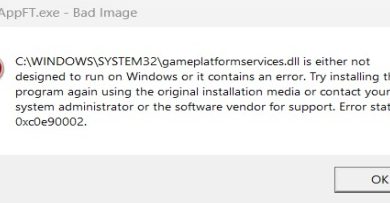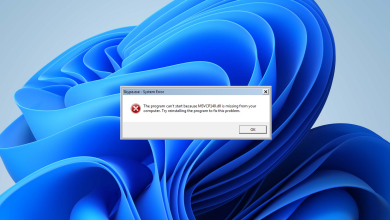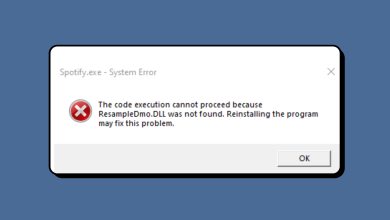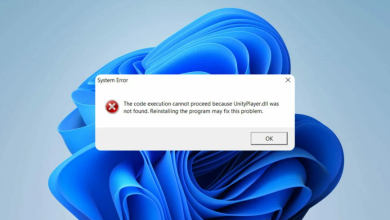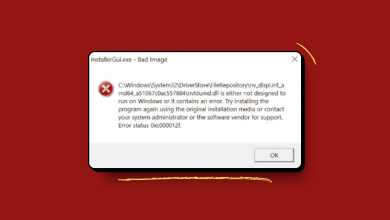How to Fix ‘msstdfmt.dll’ is Missing Error?
There are many DLLs in the Windows installation folder and each one of them is very important for the integrity of the operating system. One of these files is the “msstdfmt.dll” file which stores certain commands that are needed by certain applications to run correctly. In this article, we will discuss the reasons due to which the “msstdfmt.dll is missing” Error might be triggered and also provide viable solutions to fix the issue.

What Causes the “msstdfmt.dll is missing” Error?
After receiving numerous reports from multiple users, we decided to investigate the issue and devised a set of solutions to fix it completely. Also, we looked into the reasons due to which the issue is triggered and listed them as follows.
[/tie_list type="plus"]- Deleted File: In some cases, the DLL might be missing from the folder due to which the application might be prevented from utilizing the file and its functions and the error might be triggered.
- Un-registered File: In certain cases, the DLL file might be present inside the folder but it might not be registered due to which the error is being triggered.
Now that you have a basic understanding of the nature of the problem, we will move on towards the solutions. Make sure to implement these in the specific order in which they are presented to avoid conflicts.
Solution 1: Running an SFC scan
Since the problem is related to a system file, it is recommended to run an SFC scan which can often find and rectify such issues automatically. For that:
- Press “Windows” + “R” to open the “Run” Prompt.
- Type in “cmd” and press the “Shift” + “Ctrl” + “Enter” buttons to provide administrative privileges.
- Type in the following command and press “Enter”.
sfc/scannow
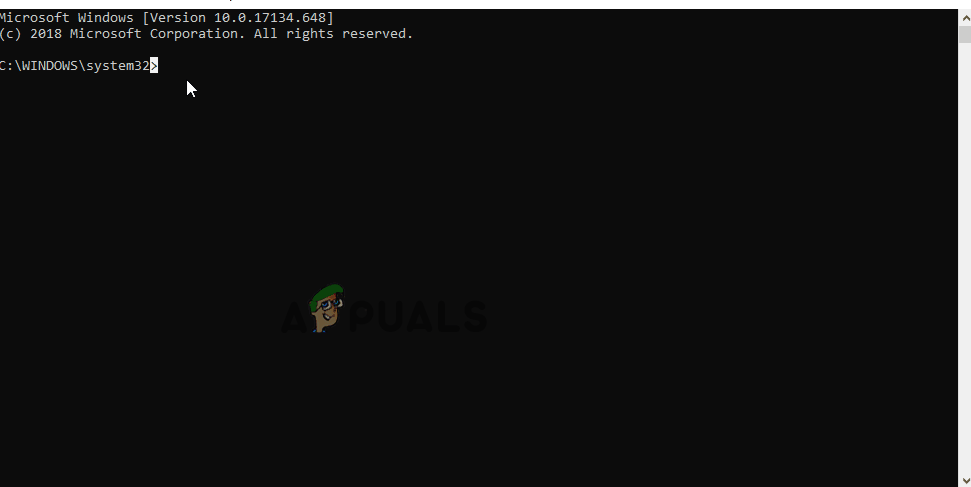
Typing “SFC/scannow” in the command prompt. - Wait for the scan to be completed and check to see if the issue persists.
Solution 2: Adding DLL Manually
If the SFC scan didn’t solve the issue, in this step, we will be manually downloading and registering the file to get rid of the error. For that:
- Click here to download the “MSSTDFMT.DLL” to your computer.
- Right-click on the downloaded file and select “copy“.
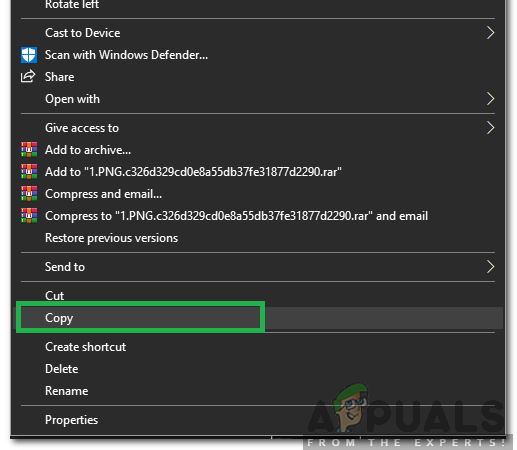
Right-clicking and selecting copy - Navigate to the following folder if you are on a 32–bit operating system.
c:\windows\system32
- Navigate to the following folder if you are using a 64–bit operating system.
c:\windows\syswow64
- Right-click anywhere and select the “paste” option.
- Press “Windows” + “R” to open the “Run” Prompt.
- Type in “cmd” and press the “Shift” + “Ctrl” + “Enter” buttons to provide administrative privileges.
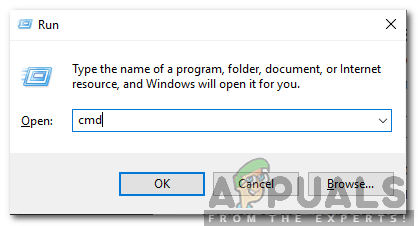
Typing cmd in the Run Prompt and pressing “Shift”+ “Ctrl” + “Enter” - Type in the following command and press “Enter” for a 32–bit operating system.
regsvr32 c:\windows\system32\msstdfmt.dll
- Type in the following command and press “Enter” for a 64–bit operating system.
regsvr32 c:\windows\syswow64\msstdfmt.dll
- Check to see if the issue persists.

